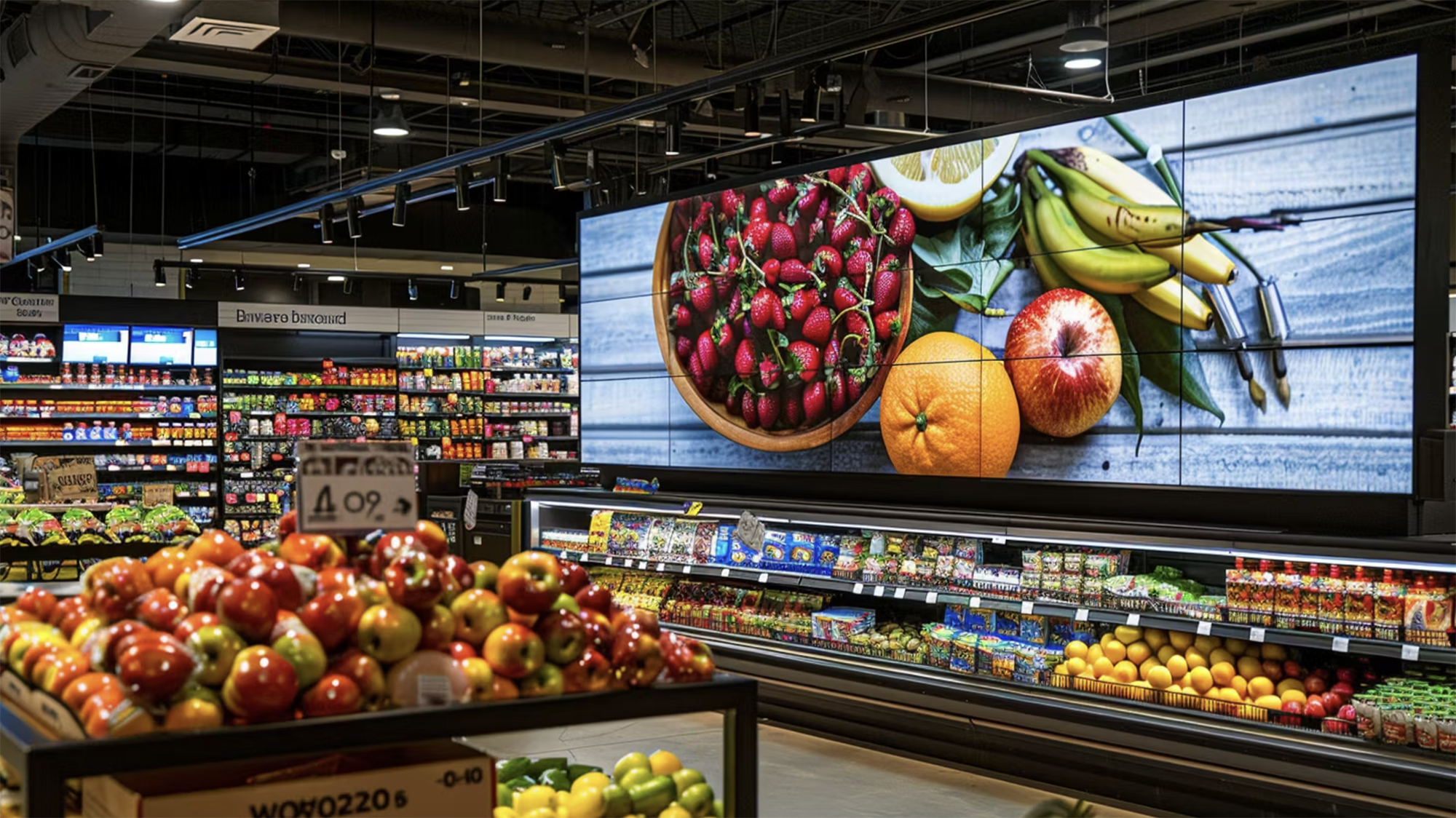Why Grocers Must Adopt Dynamic Pricing for Growth and Customer Satisfaction

Dynamic Pricing - At a Glance
- Dynamic pricing emerges as a potent differentiator in the competitive grocery landscape, influencing customer loyalty and satisfaction.
- 58% of shoppers anticipate a mix of online ordering, in-store shopping, and convenient pickup, necessitating competitive pricing strategies across channels.
- 78% of shoppers seek the best deals from a mix of digital channels and stores.
- 47% of grocery retailers are prepared to invest in personalized offers.
- Understanding shopper behavior is key to effective dynamic pricing, involving historical data analysis, AI-driven insights, and recognition of diverse customer segments.
Why Grocers Must Adopt Dynamic Pricing for Growth and Customer Satisfaction
Shoppers decide by seeing the price, including taxes, shipping, and delivery fees. In an omnichannel landscape, 78% of shoppers seek the best deals from a mix of digital channels and stores. In such a competitive landscape, pricing is a potent differentiator for grocers wanting loyal customers.
What constitutes the pricing strategy for a grocer?
- Pricing is the fine-tuning of retail prices of assortments
- If used appropriately, it's a fine tool for reaping significant advantages by employing data-driven algorithms to adjust prices regularly.
- Pricing serves as a communicator of the brand's value proposition.
- It extends beyond mere pricing, encompassing promotions, bundles, and personalized offers.
- As the holiday season approaches, 47% of grocery retailers are prepared to invest in personalized offers.
So, how can a grocer invest in pricing and reap the benefits of customer retention and retailer profitability?
The answer often lies in understanding shopper behavior, aligning dynamic pricing of the highly searched SKUs, and identifying key value categories. A practical example of dynamic pricing in action can be seen in Ahold Delhaize's strategy. Discover how they navigated market challenges in Ahold Delhaize's market share growth.
How does shoppers' behavior influence the success of dynamic pricing strategies?
In a volatile environment of the grocery landscape, understanding shoppers’ behavior is paramount for effective pricing strategies. Beyond merely reacting to competitor pricing, grocers can utilize dynamic pricing as a proactive tool to align with evolving shopper preferences.
Grocery executives can enhance dynamic pricing strategies by analyzing shoppers' behavior in the following ways
- Historical data analysis reveals sales patterns and provides insights into shoppers' responses to pricing fluctuations.
- AI-driven tools delve into the nuances of consumer behavior, identifying pricing "sweet spots" for different customer segments.
- Recognizing that some shoppers are price-sensitive while others prioritize premium offerings is crucial.
- Dynamic pricing empowers grocers to automate adjustments based on top sellers, traffic generators, and highly searched SKUs.
- As the holiday season approaches, 58% of shoppers anticipate a mix of online ordering, in-store shopping, and convenient pickup.
- Pricing teams must equip themselves with insights to strategically position price limits for distinct customer segments.
- Dynamic pricing's flexibility is invaluable for responding swiftly to evolving consumer trends.
- Seamless transitions between online orders, in-store visits, and curbside pickups require competitive pricing across channels.
- Grocers can leverage historical data and employ dynamic pricing through AI-automated solutions.
- Dynamic pricing identifies high-demand items and key value categories while aligning with omnichannel shopper behavior.
Grocers can strategically position themselves in the market by optimizing prices for sought-after products and leveraging insights on traffic-generating items. This proactive approach not only elevates customer satisfaction but also fosters long-term loyalty. Grocers must also understand shopper behavior to set effective dynamic pricing. This includes balancing the need to reduce food waste while maximizing profitability and at the same time reducing the waste loop in recycling.
Navigating Dynamic Pricing through the AI lens
Understanding and utilizing sales data and various information can initially seem overwhelming. Many grocers typically rely on traditional merchant-recommended prices, but this approach may only sometimes maximize profitability, especially when dealing with limited data that requires precise adjustments. Dynamic pricing, considered an art and a science, involves balancing meeting customer expectations and setting optimal prices.
In today's digital age, powerful AI tools offer valuable resources to gain insights, predict performance, and analyze how changes in pricing may impact sales through methods like market basket and affinity analyses. Modern technologies allow accurate and centralized pricing management, enabling quick price adjustments. However, the effectiveness of dynamic pricing heavily relies on the quality of input data. Factors like product costs, shipping fees, and customer-service data, often spread across multiple SKUs, can significantly affect the economics of individual products. The advantage of AI enhancements in your pricing strategy is that you can train it over time to understand patterns, identify opportunities, and adapt to quickly changing market conditions, providing a competitive advantage.
As we delve into the intricacies of AI-driven dynamic pricing, understanding its benefits and challenges becomes imperative for grocers navigating this transformative landscape. The following article will unravel the multifaceted aspects of AI applications in pricing strategy, shedding light on the opportunities they present and the hurdles to overcome.
Dynamic pricing is crucial for grocers to stay competitive. To further explore how AI is transforming grocery retail, consider our panel discussion on leveraging AI in grocery assortments.


.png)





.png)


